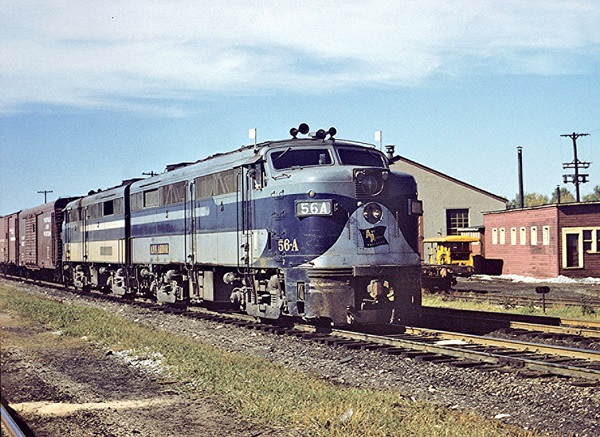
Michigan was and still is no stranger to railroads small yet unique enough to attract a following. The former Ann Arbor Railroad, not to be confused with today’s incarnation under Watco, certainly fit the bill with these 5 traits of the Ann Arbor Railroad that range from quirky to charming. More car ferry […]
Read More…
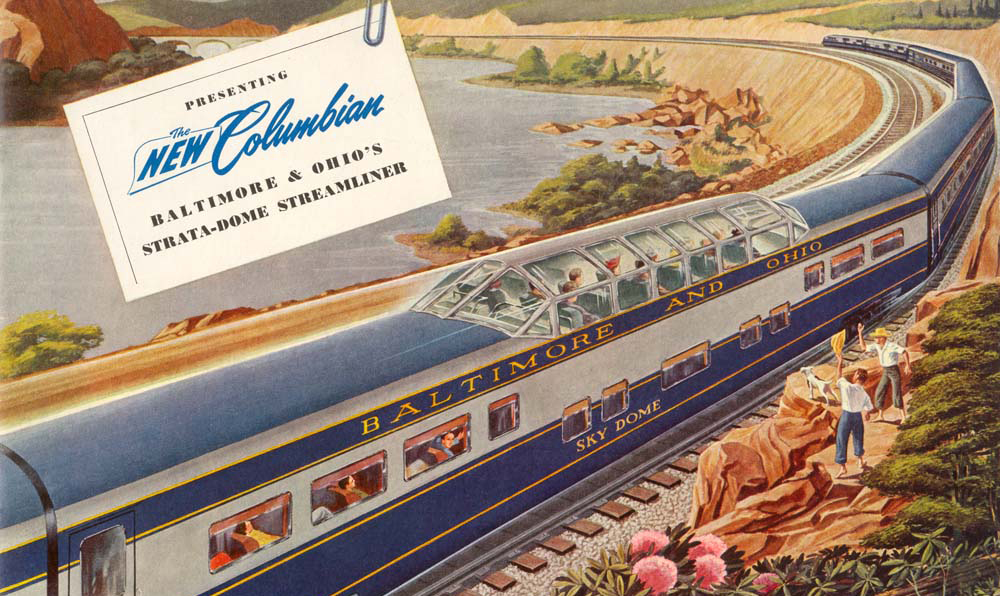
Railroad dome cars are a gleaming symbol of postwar passenger train status. The streamliner era in North America bookended the World War II era in the U.S., since new streamlined passenger cars were not a priority between 1942 and 1945. Following the end of the war in the latter year, they began to […]
Read More…
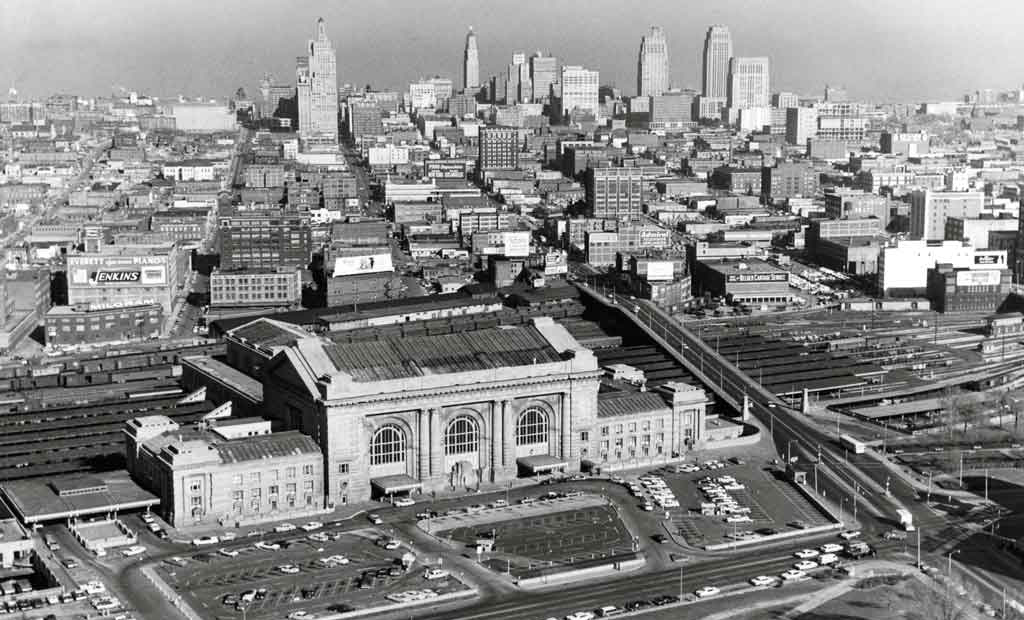
At the turn of the 20th century, the citizens and serving railroads of Kansas City, Mo., yearned to revamp how passengers arrived and disembarked from the growing gateway city along the Missouri River. The 1878-built Union Depot in the West Bottoms district couldn’t keep up with the thriving rail traffic and local desire to […]
Read More…
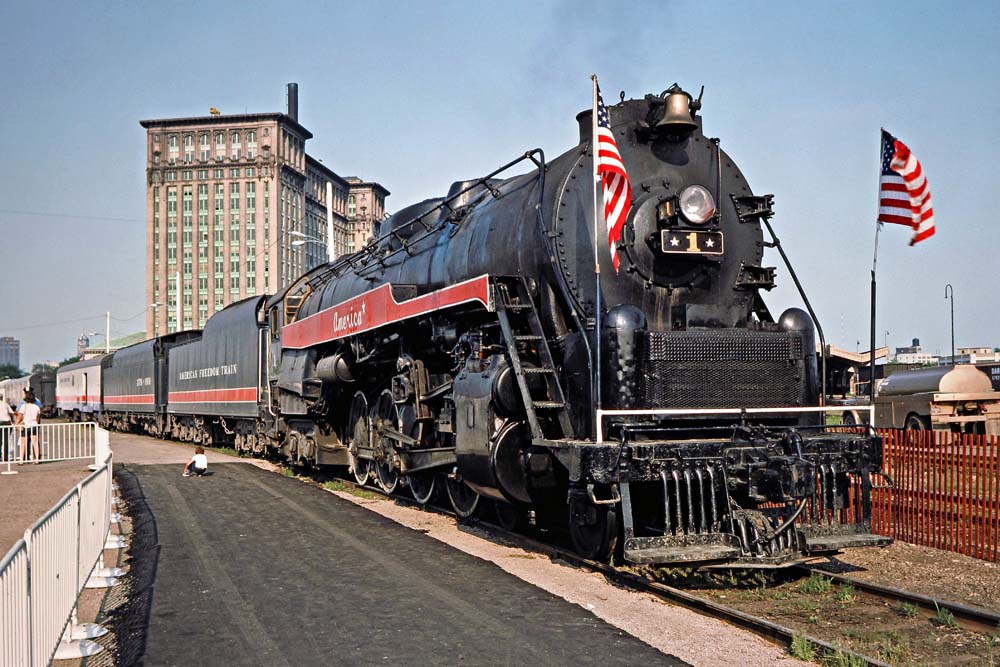
Has any class of homebuilt, remanufactured mainline steam locomotive ever performed as brilliantly as the Reading T-1 4-8-4? Given the long lives of four from its illustrious class of 30 engines, I’d say no. I came to this conclusion during a recent visit to the Baltimore & Ohio Railroad Museum, which has announced that ex-RDG […]
Read More…
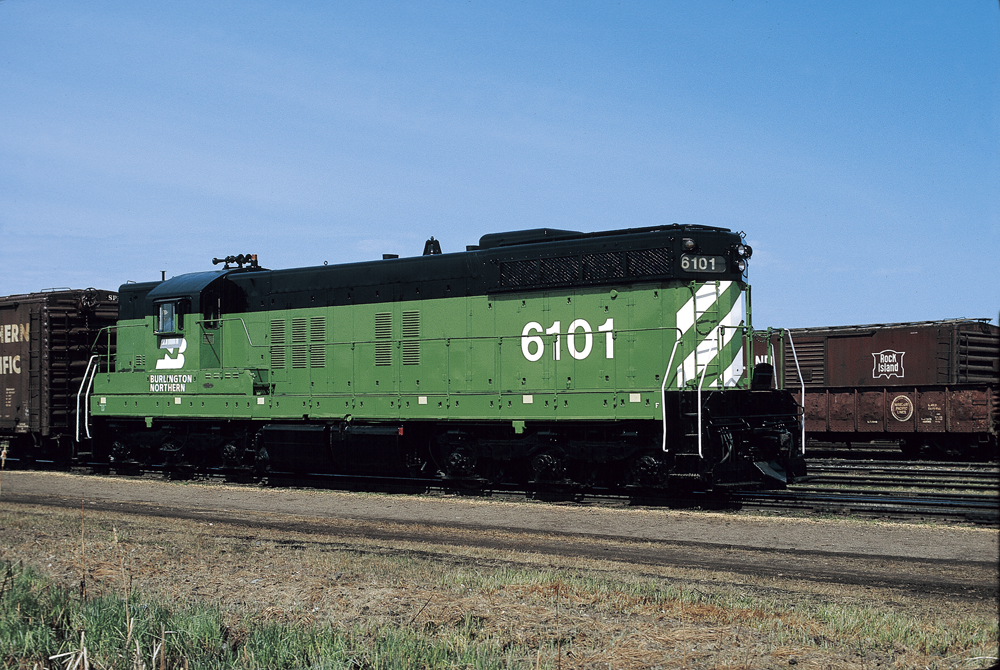
When the long-anticipated “Hill Lines” merger finally created the Burlington Northern on March 2, 1970, it was time not to mourn the loss of a favorite, the Chicago, Burlington & Quincy, but to embrace and record the details of the changeover. I had been through this six years before, when the Norfolk & Western […]
Read More…
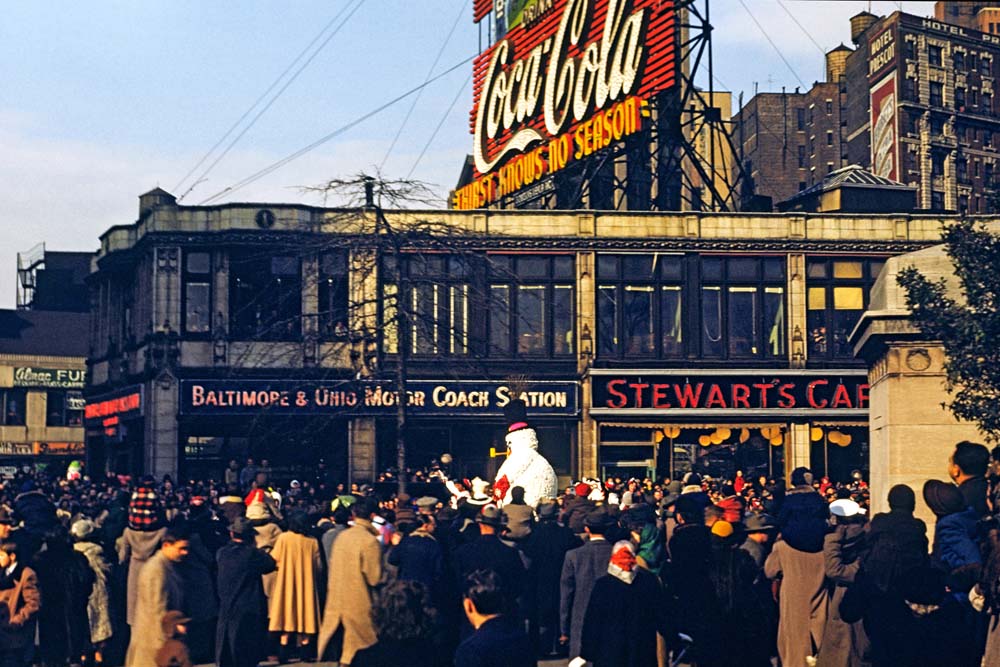
There are standard-gauge tracks close by, but they can’t be seen here, since they’re underground in this neighborhood. We’re at Columbus Circle in New York’s borough of Manhattan, on Thanksgiving Day in 1951, Nov. 22. How can that be deduced? Well, that’s the famous Macy’s parade that’s passing down the street, complete with a […]
Read More…
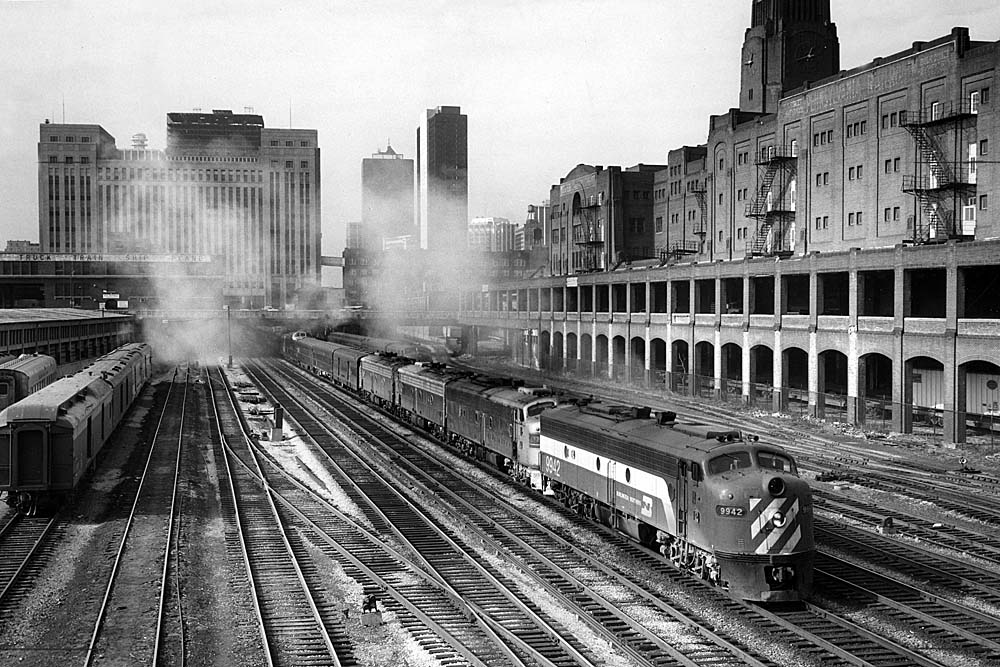
Talk of Burlington Northern passenger trains inevitably conjures visions of green E units toting bilevel stainless steel coaches at rush hour. But BN has history, albeit brief, with conventional intercity passenger service. This spanned from its March 1970 inception to the May 1, 1971, startup of Amtrak – just days less than 14 months. […]
Read More…

When created, Burlington Northern had a greater extent than any other U. S. railroad: Vancouver, British Columbia, to Pensacola, Fla. If you crossed North America from east to west, you had to cross BN rails or get your feet wet in the Gulf of Mexico or find your way around the north side of […]
Read More…
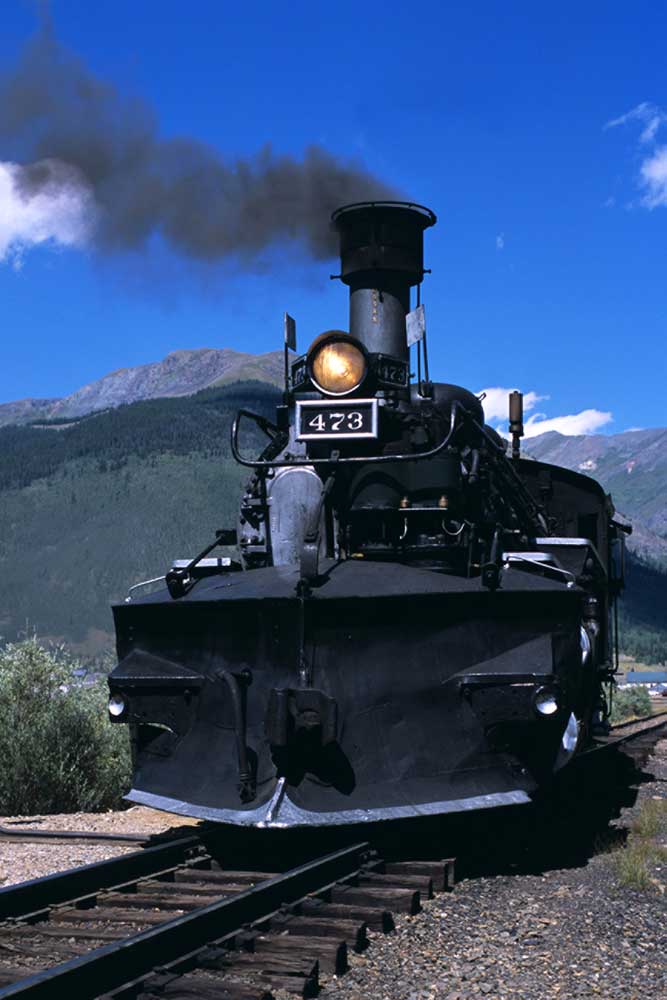
It was an oddball branch line with a just-as-odd history that is still worth recounting. The Rio Grande’s Farmington Branch was built in 1905 to connect Carbon Junction, Colo. (just outside of Durango to the southeast), and Farmington, N.M. It was a modest, 47.68-mile standard gauge line (later narrow gauge) that followed the […]
Read More…
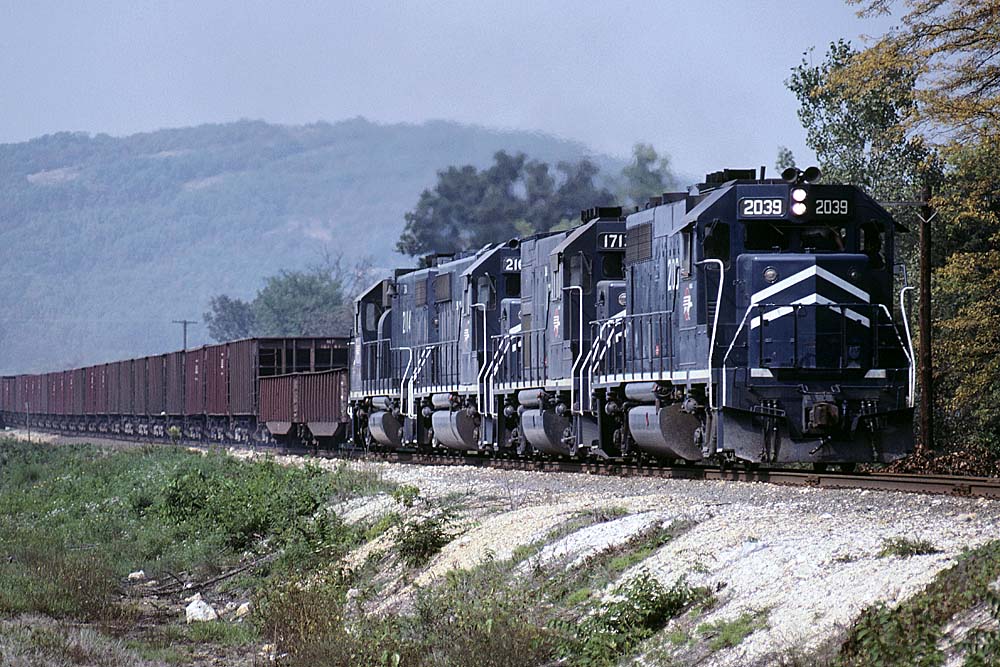
Missouri Pacific history is easier to understand if the railroad is considered in three parts: the lines west of St. Louis, the lines south and southwest of St. Louis, and the lines in Texas and Louisiana. Lines west of St. Louis Ground was broken for the Pacific Railroad at St. Louis, Mo., on […]
Read More…
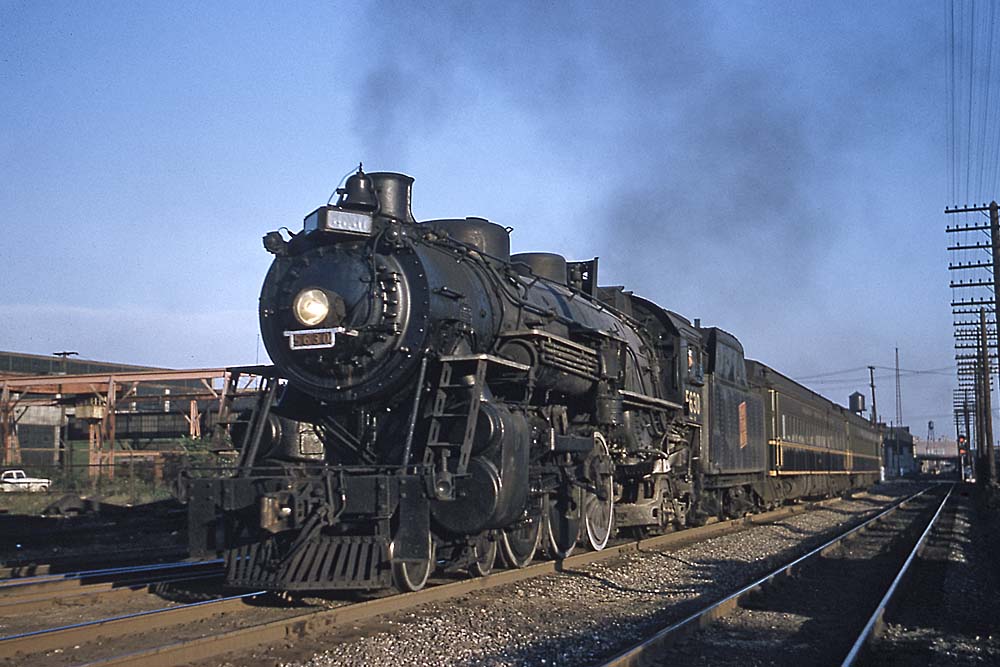
Grand Trunk Western steam provided a last look for many Midwest railfans. Despite having a large population with sizeable cities, Michigan has hovered just above the nation’s busy paths of commerce. Except for Detroit, the state tends to be out of sight, out of mind — no offense to Grand Rapids, the state’s […]
Read More…
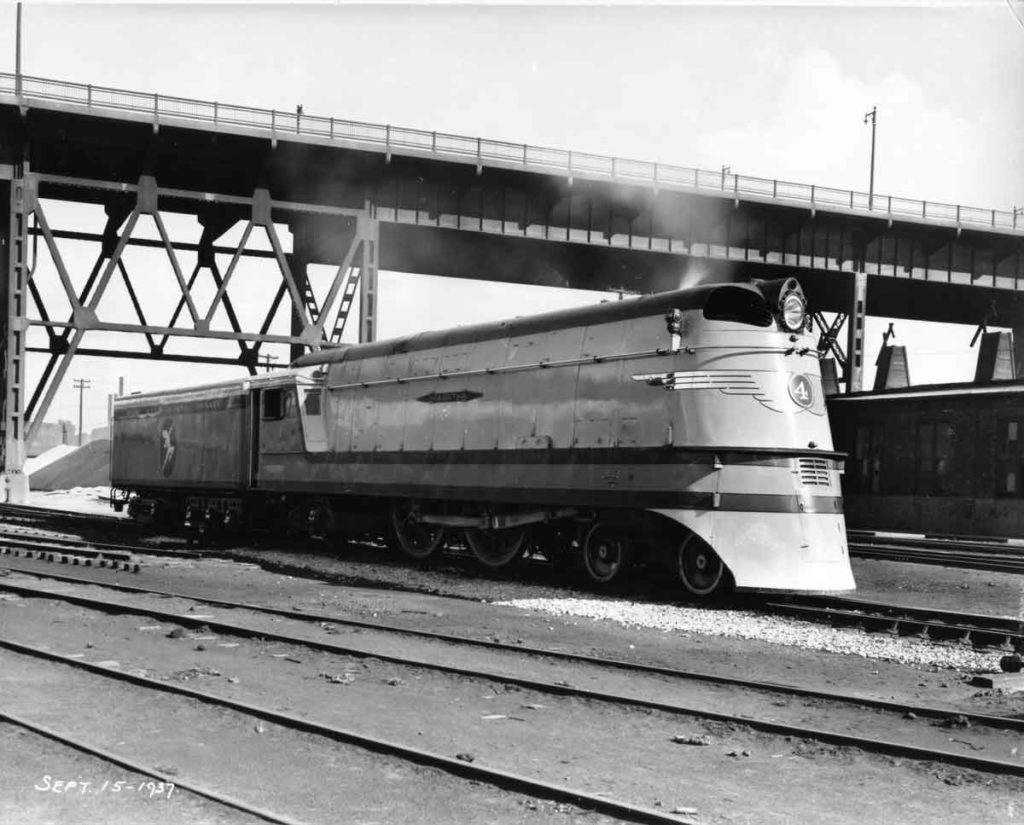
By 1935, it would have been sensible to consider the 4-4-2 Atlantic-type steam locomotive all but obsolete, at least insofar as new construction was concerned. In the U.S., the design could be traced back to the 1880s, and ultimately about 1,900 of the type were built. Its heydays were the years surrounding World War […]
Read More…












